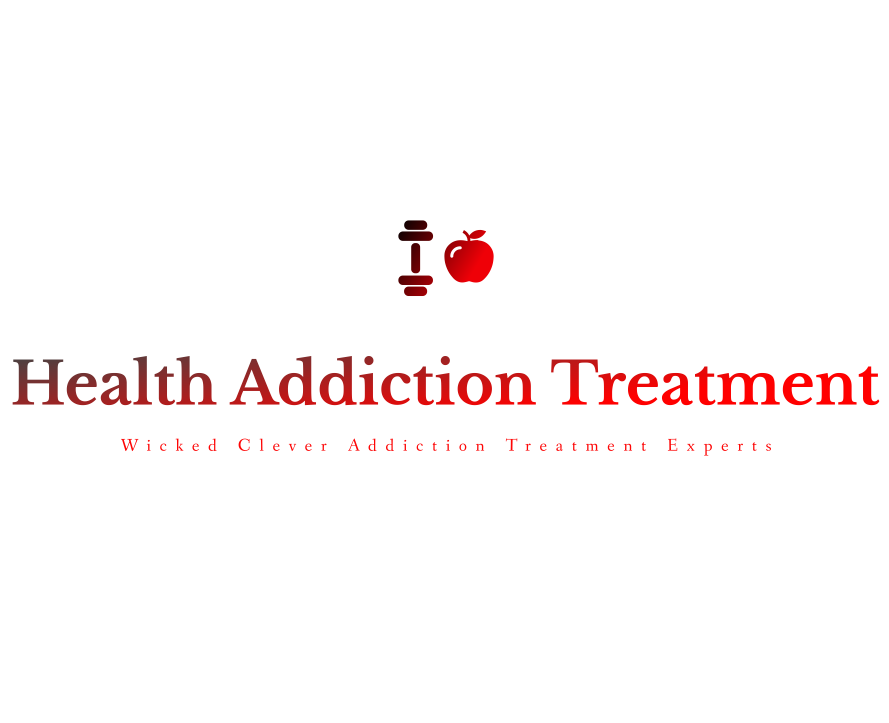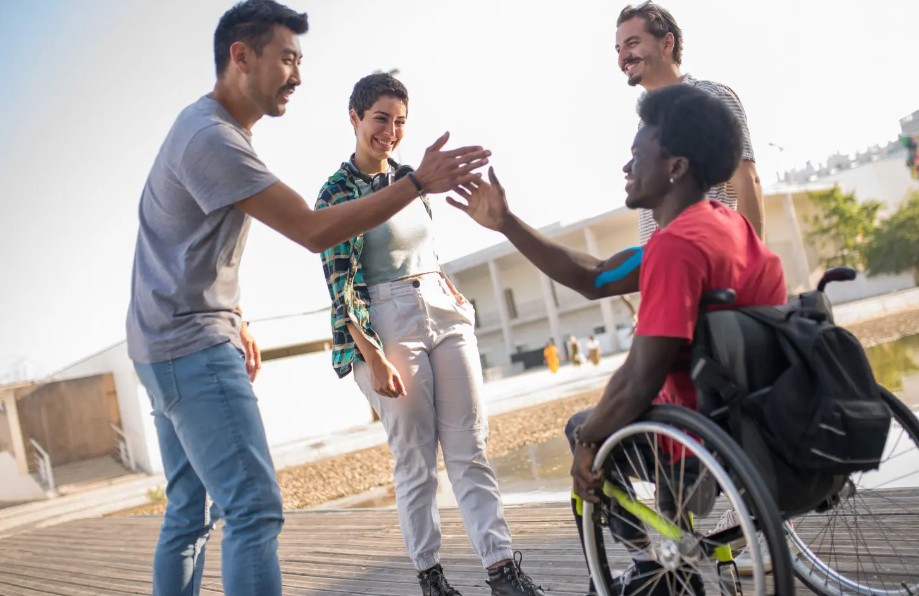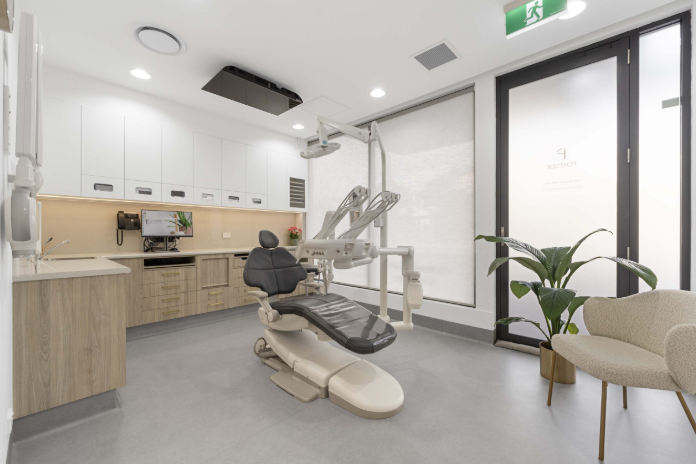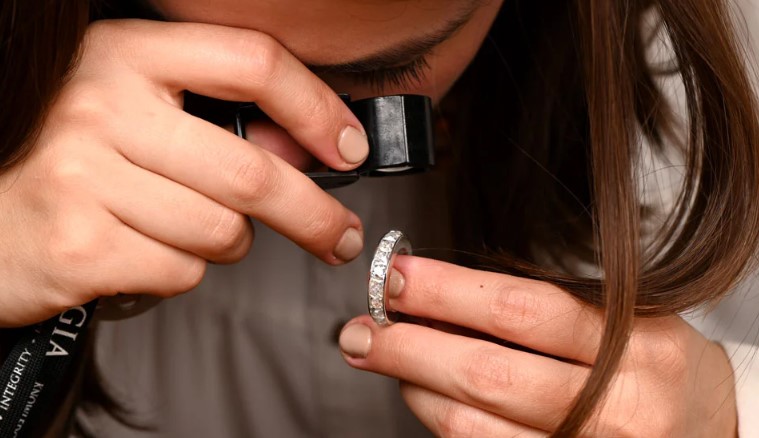

Key Takeaways:
- A teen addiction program gives teens who are using drugs organized, age-appropriate help that is tailored to their specific requirements.
- Studies suggest that the Adolescent Community Reinforcement Approach (A-CRA) and recovery high schools improve outcomes by combining clinical care with supportive settings.
- A full teen addiction treatment program deals with mental health, family issues, peer pressure, and how to fit in at school.
- The first step toward actual recovery is to go through a teen addiction treatment program that is made just for teens. This is because early intervention that considers the whole person has a significant impact on long-term success.
Introduction
Teen addiction programs that are carefully thought out can be a lifesaver for teens who are having trouble with drugs and alcohol. The teenage years are a time of significant change and vulnerability, marked by social demands, identity exploration, and rapid brain development. When someone starts using drugs or alcohol at this age, it not only puts their physical health at risk, but it can also stop their emotional and educational advancement. A well-planned recovery program takes these special problems teens face into account while also setting the stage for long-term repair.
Getting treatment that is right for young people is very important. Experts and organizations nationwide recognize that children require more than just a standard rehabilitation approach. They need places that help them develop emotional intelligence, receive support from their peers, offer flexible academic programs, involve their families, and build skills for coping and resilience. This blog discusses why a teen addiction treatment program is a crucial first step toward genuine and lasting recovery.
Why Teens Need Special Help for Addiction?
1. Sensitivity to Development
Teenagers’ brains are still developing important connections that influence how they make decisions, control their impulses, and experience emotions. Using drugs or alcohol can have a huge negative effect on these developmental processes. The CDC says that most adults with substance use problems started using drugs or alcohol as teens. Almost 15% of high school students used illegal drugs, and 14% misused prescription opioids.
2. Relationships with Family and Friends
Young individuals are often greatly influenced by their classmates or the desire to fit in. Family systems can have both positive and negative effects on individuals. Family therapy and peer-based recovery strategies like SMART Recovery or community reinforcement tactics are used in good teen addiction recovery programs.
3. Integration into School
Leaving school suddenly might make isolation and relapse worse. Recovery high schools offer special learning environments where teens can do better in school while also getting help with their mental health and addiction.
4. Behavioral Approaches Based on Evidence
Programs like A-CRA are based on science and aim to help people develop good habits. It has been proven that these kinds of models can help young people use fewer drugs and alcohol in a way that is both effective and cheap.
What Are the Main Components of a Program for Teens to Get Over Their Addictions?
A Full Clinical Evaluation:
The first step is a comprehensive evaluation, preferably conducted by experts who work with teenagers, such as psychiatrists, social workers, and addiction counselors.
Planning Treatment That Fits Your Needs:
Teen addiction treatment programs look at a teen’s medical, mental, and behavioral issues and design a strategy just for them. This generally includes therapy sessions, drug testing, academic support, and medication if needed.
Therapies Based on Evidence:
- Adolescent Community Reinforcement Approach (A-CRA): Focus on getting families involved and establishing skills to reinforce good behaviors.
- Cognitive Behavioral Therapy (CBT) helps teens identify what triggers negative emotions and learn healthy ways to cope with them.
- Family Therapy is all about strengthening family ties and teaching people how to communicate with each other healthily.
Environments That Help People Recover:
- High Schools: Provide students with sober, academically rich environments that foster socialization, thereby reducing the risk of relapse.
- Peer Support: Community programs like SMART Recovery help teens meet other teens who can help them.
Life and Academic Coaching:
To keep kids on track with their schooling, numerous programs offer tutoring and coaching.
Family Involvement:
It’s important to work closely with families. Caregivers can help their teens avoid engaging in harmful behaviors by using methods like Community Reinforcement and Family Training (CRAFT).
Aftercare and Help from the Community:
Alumni clubs, mentors, and online tools are all examples of ongoing support that keeps youth interested in recovery long after the program finishes.
Why Is Signing Up for a Teen Addiction Program the First Step?
Taking that first step into a structured teen mental health recovery program is sometimes the hardest but most important thing to do. Youth have the best chance of staying sober if they choose a program that is founded on evidence, focuses on youth, includes the whole family, and helps with schoolwork. The goal is to make sure that kids feel heard, understood, and empowered, whether they are in a local or residential setting.
Conclusion
The first step toward real and permanent recovery is a teen addiction program that combines strict medical care with assistance for young people. Adolescents are undergoing a significant life transition; therefore, programs that address their specific psychological, social, and developmental needs are most beneficial. Teens are more likely to maintain their health for the rest of their lives if they receive the right kind of help, such as family therapy, peer group support, and school accommodations.
Call Silver State Adolescent at 725-777-5685 to start your journey with caring, competent help. Your teen needs a clear way ahead that is based on understanding, empowerment, and hope.
FAQs:
1. Teen Addiction Treatment Programs Help People Of What Age Range?
Most programs work with teens between the ages of 12 and 18; however, some also work with young adults up to the age of 21.
2. How Long Does It Usually Take For A Teen To Get Better From An Addiction?
The time frames range from a few weeks to a few months. Aftercare plans typically provide support for 6 to 12 months.
3. Are Recovery High Schools Just For Students Who Have Finished Treatment?
A lot of schools will take students after they’ve finished treatment, but some will take teens who are still early in their recovery path as long as they show they want to change.
4. What Part Do Families Play In Helping Teens Get Over Their Addictions?
Therapy, workshops, and training programs, such as CRAFT, bring families together to ensure the home is a safe place.
Citations:
Centers for Disease Control and Prevention (CDC). Substance Use Among Youth: Risk Behaviors. 22 Nov. 2024,
https://www.cdc.gov/youth-behavior/risk-behaviors/substance-use-among-youth.html
Massachusetts Department of Elementary and Secondary Education. Recovery High Schools. 24 Jan. 2025,





